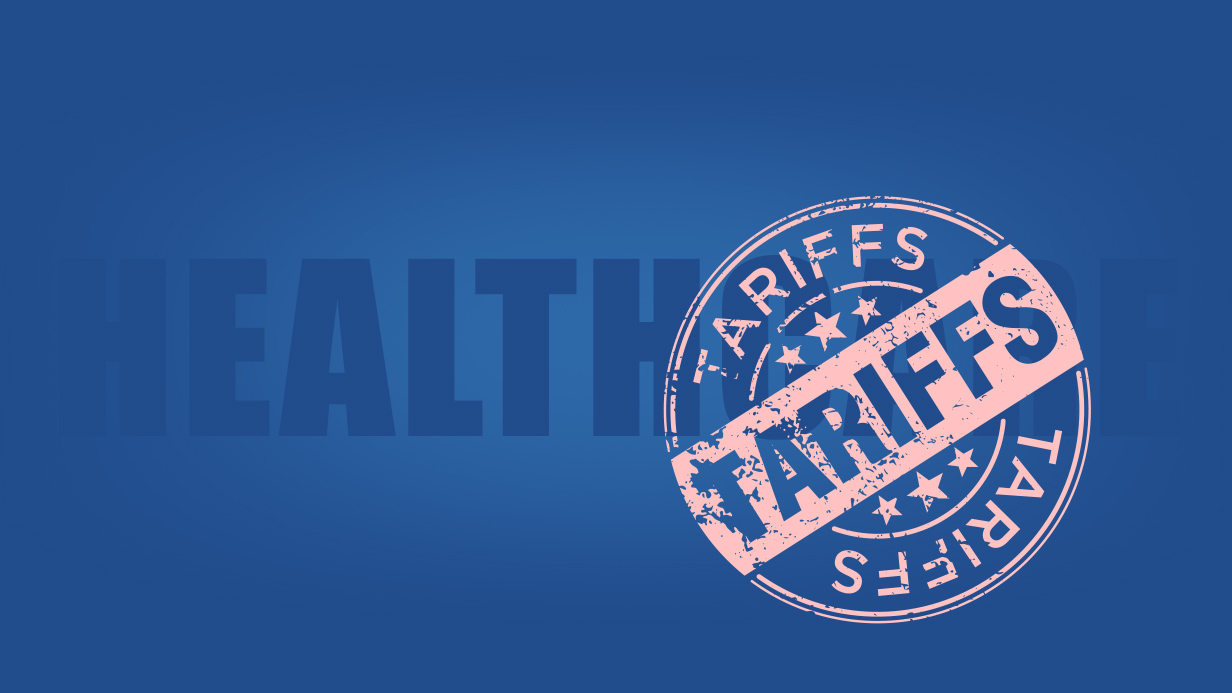Tariff policies are no longer just trade issues—they are beginning to shape the way healthcare organizations plan, budget, and staff. Rising costs, delayed supply chains, and hiring freezes are all forcing leaders to rethink how they manage their workforce.
1. Mounting Healthcare Costs & Reduced Hiring
A recent Mercer survey found that 82% of healthcare leaders expect hospital costs to rise by 15% due to tariffs, while nearly 70% anticipate pharmaceutical costs climbing by more than 10%. These cost pressures are pushing organizations to slow hiring, shift toward temporary roles, and look for more flexible staffing solutions.
Similarly, Recruitment Marketers notes that many staffing agencies are already reporting clients scaling back permanent hires in favor of contingent workers as budgets tighten.
2. Supply Chain Disruptions & Delayed Implementations
Tariffs on medical equipment and raw materials are also creating procurement delays and supply shortages, according to QX Global Group. This is particularly challenging for rural hospitals, which already face resource constraints.
An Anderson Biro Staffing report highlights how staffing firms can play a critical role in helping clients navigate these disruptions by offering short-term, flexible workforce solutions while organizations wait for supply chains to stabilize.
3. Broader Labor Market Ripples
Despite these pressures, the labor market has shown resilience. The Wall Street Journal reported that the U.S. added 177,000 jobs in April 2025, while Investopedia confirmed job growth outpaced expectations.
But as Business Insider warns, tariffs could create long-term hiring challenges, with some industries gaining (like manufacturing) while others, including healthcare, may see significant slowdowns.
4. How Small Businesses Like Protean Are Rethinking Staffing
For smaller staffing firms, tariffs create both challenges and opportunities. At Protean, we’ve found ourselves asking new questions:
- How do we support clients facing cost pressures while still delivering top-quality talent?
- How do we help providers adapt without sacrificing patient care or staff well-being?
Our approach has been to double down on flexibility. Instead of focusing only on permanent placements, we are expanding contract and locum tenens options to give clients room to maneuver budgets. We are also investing more time in building resilient talent pipelines—curating candidates who can step into short-term roles quickly and seamlessly.
Additionally, Protean is rethinking its own operations:
- Leveraging technology to streamline recruiting and reduce overhead costs.
- Focusing on relationship-driven staffing, where trust and long-term partnerships become the buffer against market volatility.
- Advising clients on creative workforce planning—for example, cross-training and secondary income opportunities for providers to enhance retention.
In times like these, smaller firms like Protean can act as agile partners, not just vendors—quickly adapting to client needs, and offering personalized strategies that larger firms may not be able to deliver.
5. Strategic Responses for Staffing Agencies
So, what can staffing partners do?
- Flexible Workforce Models: As noted by QX Global, contract and temporary staffing solutions can help healthcare clients better manage cost volatility.
- Skills-Based Planning: Mercer recommends reskilling and upskilling initiatives to keep the workforce adaptable amid shifting demands.
- Scenario-Based Planning: According to NPA Worldwide, agencies should proactively develop multiple staffing scenarios to prepare for hiring freezes, budget cuts, or sudden talent shortfalls.
Final Thought
Tariffs are more than just trade disputes—they are reshaping healthcare staffing and workforce planning. For staffing leaders, this is a call to adapt quickly, invest in workforce agility, and support clients with forward-thinking strategies.
At Protean Med, we remain committed to helping healthcare organizations navigate this uncertain landscape with empathy, agility, and strategic workforce solutions.
How are you adjusting your staffing strategy in light of these shifts? Please comment.
